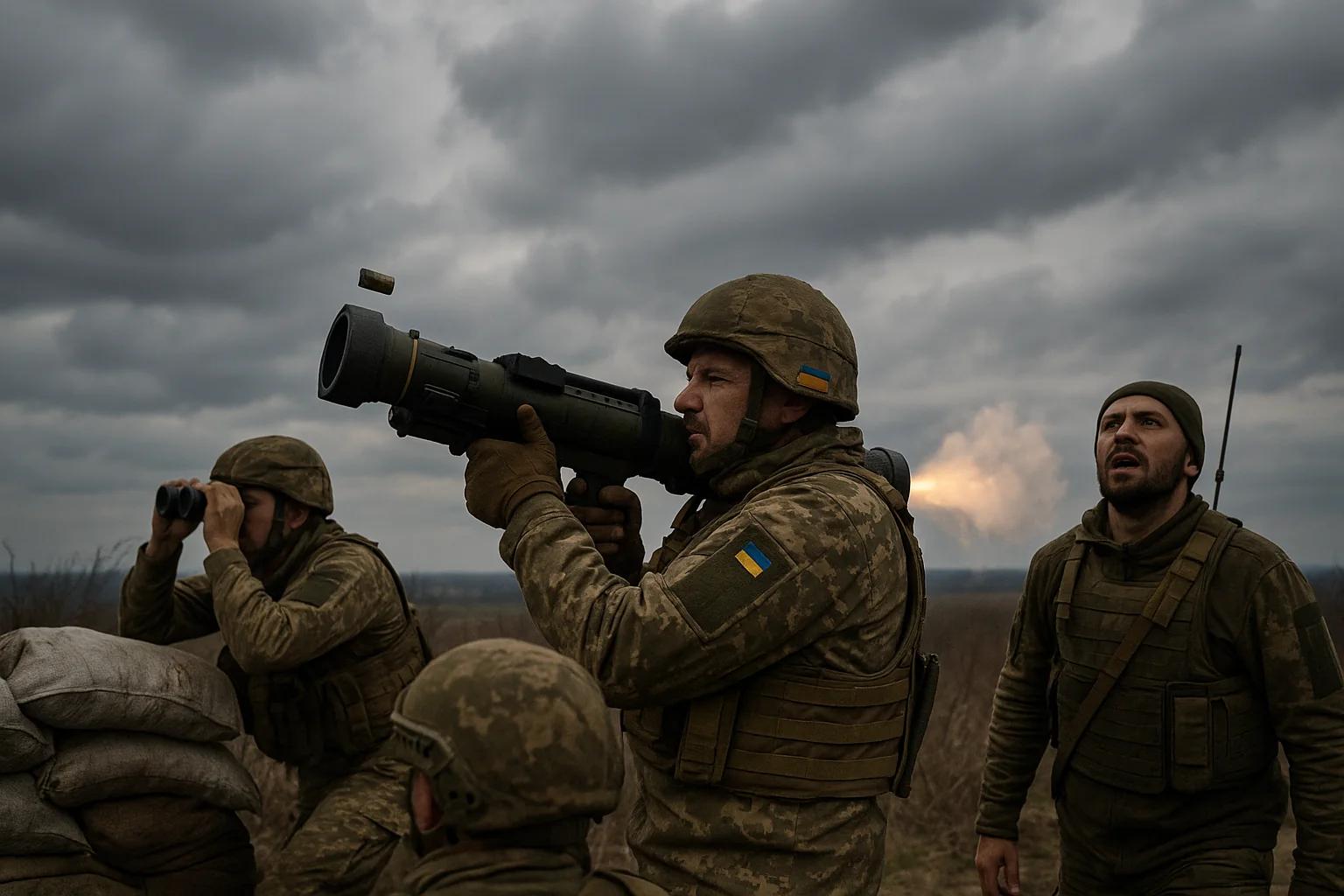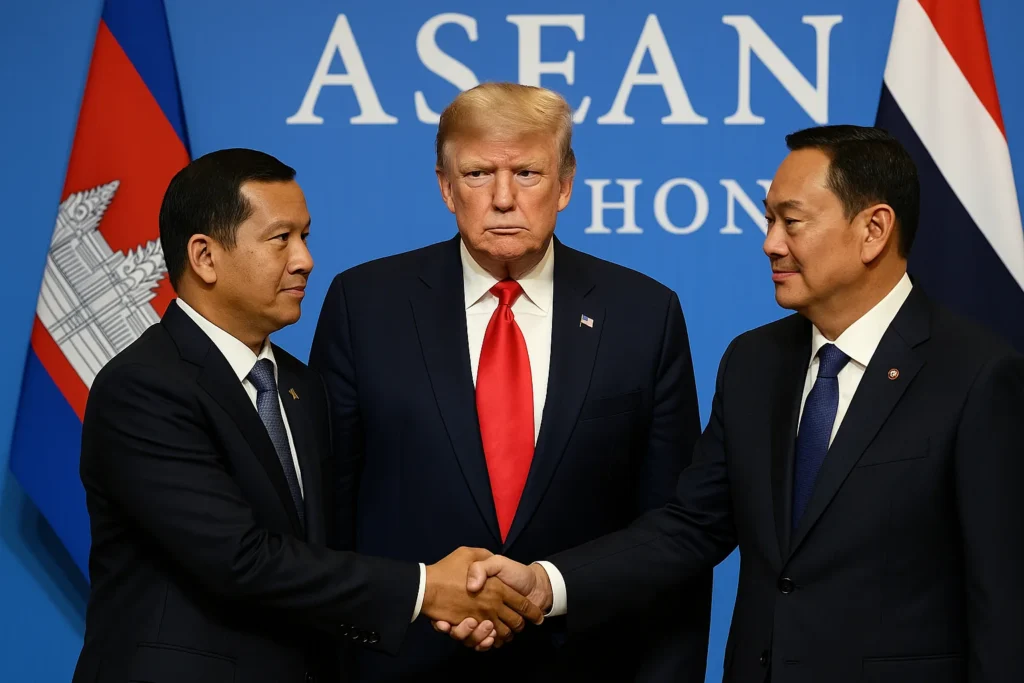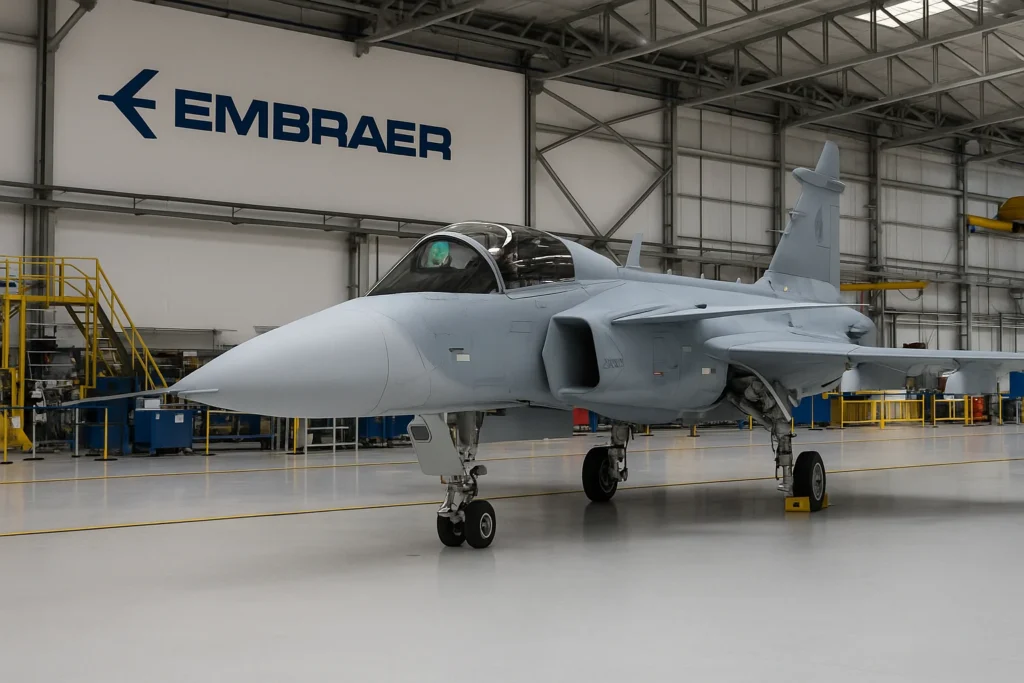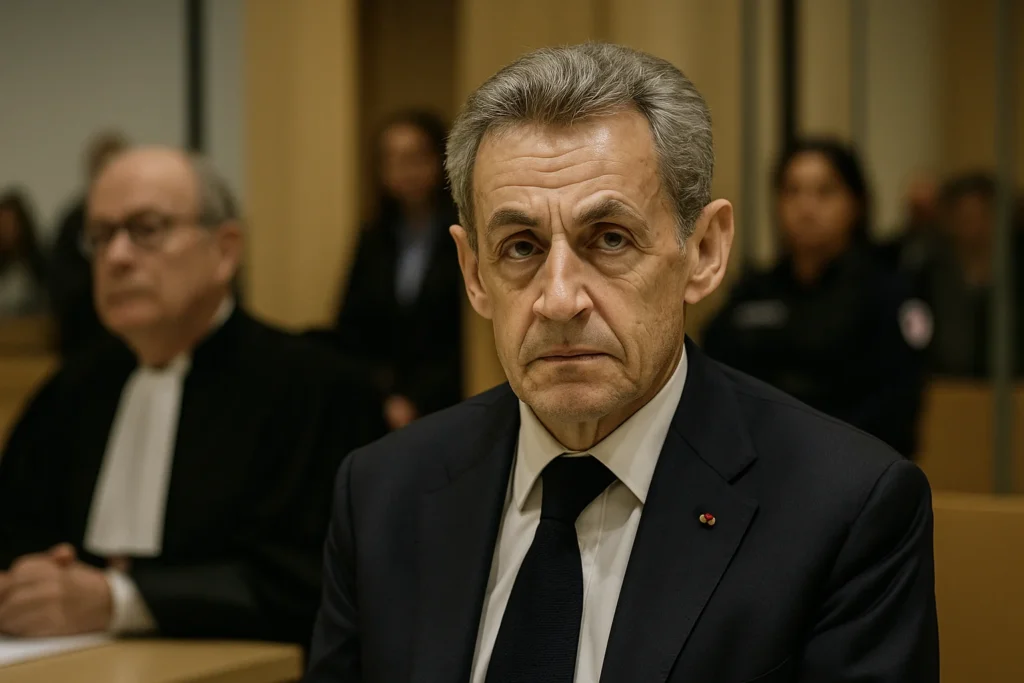Introduction
The Ukrainian air defense struggle is not a subplot of this war — it is the war. What’s happening above Ukraine is far more decisive than what’s happening on the ground. Russian glide bombs rain down with impunity. Ukrainian radar units are overwhelmed. And the West? Still “discussing” what to deliver — and when. While soldiers fight on scorched streets, the real front line is 10,000 meters above their heads. And Ukraine is losing it.
Context: A War That Moved Into the Sky
When Russia invaded in February 2022, the world expected a swift decapitation strike. That didn’t happen. Ukrainian resistance was fierce, mobile, and intelligent. Western weapons flooded in. Javelins stopped tanks. HIMARS shattered logistics. But that was a different phase of war — one fought on the ground.
By late 2023, Russia pivoted. Its ground forces bogged down. Casualties mounted. The solution? Air dominance. Russia began deploying cheap, GPS-guided glide bombs dropped from jets flying inside Russian airspace, just out of reach of Ukraine’s air defenses.
Every day, dozens — now reportedly over 100 per day — of these bombs slam into Ukrainian towns, trenches, power stations, hospitals. In Kharkiv, they strike almost hourly.
Ukrainian soldiers are clear: they don’t just need more ammunition. They need a sky they can survive in.
Oppositional Argument: The West Abandoned the Sky — and Ukraine
Let’s name the real betrayal. It isn’t that Ukraine can’t shoot back — it’s that the West knew this would happen and let it happen anyway.
For over a year, Ukrainian officials, from President Zelenskyy down to frontline drone teams, warned NATO and the EU that Russia was gaining uncontested aerial supremacy. Requests were made for:
- Modern multi-layered air defense systems
- Long-range radars
- F-16 fighter jets
- Anti-glide bomb technology
- Drone jammers and detection systems
And what came? Press releases. Symbolic aid packages. A few Patriot batteries for Kyiv. F-16 promises — for late 2025. Meanwhile, Ukrainian defenders resort to using Soviet-era S-300s with expired missiles or driving around with machine guns mounted on pickup trucks trying to shoot down Iranian Shahed drones.
The truth is damning: the West’s failure to deliver air parity has turned Ukraine’s war of survival into a war of attrition — one Ukraine may not win.
Analytical Breakdown: How the Sky Became Russia’s Most Powerful Weapon
Glide Bombs: Russia’s 21st Century Blunt Force
Russia’s use of UPAB glide bombs represents a tactical revolution. These munitions turn outdated fighter jets into precision platforms. Flying 30–50 kilometers away from the frontline, Russian jets drop bombs that maneuver mid-air using GPS, slamming into fortified positions, bridges, barracks.
One 500-kilogram bomb can obliterate a multi-story structure. And they’re cheap. Repeatable. Scalable.
Meanwhile, Ukraine has no counter. It cannot target the aircraft from that range. Nor can it intercept the bombs mid-flight.
Drones as Psychological and Economic Warfare
Iranian-made Shahed-136 drones, rebranded as “Geran-2” in Russia, are cheap, noisy kamikaze platforms. They cost about $20,000 apiece. Ukraine intercepts them using missiles worth up to 50 times more. One NASAMS missile? $500,000. One Shahed? $20K.
That’s not defense. That’s economic suicide. Every successful interception is still a financial loss.
And when Ukraine runs out of missiles — the drones just get through.
Russia’s Air Force: Free to Roam
Despite years of aid, Ukraine still doesn’t control its own airspace. Russian jets fly dangerously close to borders, launch munitions, and return to base untouched. Ukraine lacks not just fighter jets, but the integrated radar and command systems to create an air-denial zone.
This means every Ukrainian city within 70 kilometers of the border — like Sumy, Kharkiv, Dnipro — lives under constant threat.
Supply Chains That Can’t Compete
Even when the West supplies air defense gear, it arrives piecemeal. One radar here. Three launchers there. Systems that don’t talk to each other. Missiles without spares. Batteries without reloads.
Unlike Russia, which manufactures munitions at scale with domestic factories, Ukraine depends entirely on external flows — flows subject to U.S. politics, EU bureaucracy, or contractor delays.
Human Perspective: “We Hide, We Run, We Hope”
A Ukrainian infantryman in the Donbas described life this way:
“We don’t dig trenches now. We dig graves in advance.”
That’s not fatalism. That’s reality. Glide bombs erase trenches. Drone swarms hover at night. Entire units are killed before they fire a shot.
Civilians are no safer. In Kharkiv, over 40 schools have moved underground. Children study in metro stations. Maternity hospitals run operations in bunkers. The sound of engines overhead — be it jet or drone — triggers instant evacuations.
A mother in Kupiansk said her 7-year-old no longer speaks. He flinches at birds, thinking they’re drones.
Farmers abandon fields. Trains avoid key routes. Ambulances drive with lights off to avoid detection.
This is a society unraveling under aerial siege.
Counterarguments: Isn’t NATO Already Doing Enough?
Here’s the official line: NATO doesn’t want to escalate. Direct involvement, they argue, could provoke a broader war.
But here’s the flaw: Putin escalates regardless. He bombs nuclear plants, targets civilians, annexes land — and suffers no consequences. If NATO’s caution leads to Ukrainian defeat, then it’s not strategy. It’s appeasement.
Others say air defense is too expensive to supply en masse. But what’s the cost of a failed state in the heart of Europe? Of millions more refugees? Of NATO’s credibility shattered?
Some claim Ukraine will get F-16s “soon.” But pilots need training, bases need upgrading, logistics need overhaul. And in the meantime, cities are falling.
Insider Insight: The Classified Brief That Warned of This
According to leaked NATO briefings from 2023 (reported quietly by Politico), analysts had already flagged that Russia was shifting to aerial attrition.
One slide warned:
“By mid-2024, Russia will seek full tactical air dominance over eastern Ukraine if no air parity is achieved.”
And yet, nothing changed. Military insiders say the U.S. focused on Indo-Pacific planning. Germany worried about red lines. France pushed for negotiations.
Meanwhile, Russia just kept bombing.
Historical Parallels: The Fall of Grozny, 1999
This isn’t the first time Russia has weaponized air supremacy against urban resistance. In 1999, during the Second Chechen War, Russian forces flattened Grozny from the sky. Entire districts were erased. The ground war became irrelevant.
UN reports later called it “the most destroyed city on Earth.” That same doctrine is now being replayed over Ukraine — only now with better bombs, better targeting, and fewer constraints.
Diplomatic Fallout: Air Failure Is Undermining Peace Talks
Western diplomats keep pushing Ukraine toward negotiations. But how can you negotiate from underground?
Ukrainian morale hinges on the belief that this war is survivable — and winnable. As long as Russia controls the skies, every negotiation looks like surrender.
Worse, Russia’s air campaign is fracturing alliances. Poland threatens unilateral action. Slovakia flips pro-Russian. Hungarian officials openly block military aid.
Air defense failure is not just a military problem. It’s a political cancer spreading through Europe.
What Needs to Happen Now
- Immediate delivery of integrated air defense systems: not symbolic shipments — full batteries with radars, reloads, logistics, and training.
- Deployment of long-range interceptors: to counter glide bombs from Russian airspace.
- Unconditional release of F-16s and MiG upgrades, alongside mobile maintenance units and electronic warfare support.
- Investment in drone swarms and AI radar defense to match the speed and scale of Russia’s low-cost drone attacks.
- Unified European air command for Ukraine, coordinating across donors, avoiding duplication, and ensuring interoperability.
Conclusion: The War Is in the Air — and the Clock Is Ticking
We must stop pretending this is a waiting game. Every day that passes with Ukraine’s airspace open to Russian bombers is another day closer to defeat.
The Ukrainian air defense struggle is a test — not just of Ukrainian resilience, but of Western sincerity. If we fail this test, the consequences won’t stop at Ukraine’s borders. Moldova knows. The Baltics know. Poland knows.
In 2022, we said “Slava Ukraini.” In 2025, let’s prove we meant it.
Because if Ukraine loses the sky, it loses the war — and the West loses its soul.
External Links
- Ukrainian defenders struggling to stem Russia’s air assault
- ISW: Russia increasingly relies on guided bombs and drones
- Politico: NATO warned of aerial escalation
31 views






